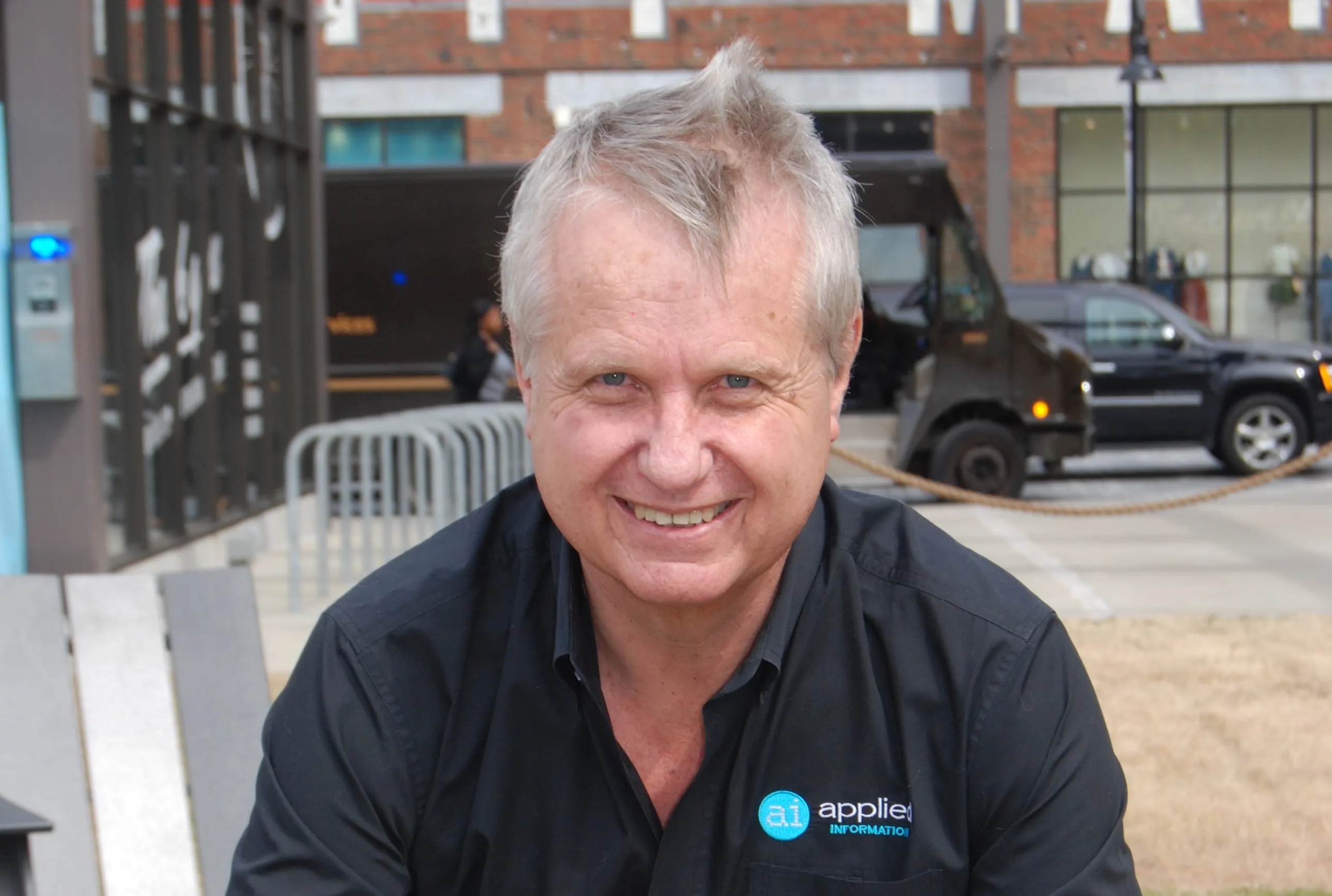NFU Mutual, the UK’s leading rural insurer is urging drivers to consider the risk of ‘ghost brokers’ when insuring their car online.
Illegal middlemen, known as ‘ghost brokers’, using fake websites that look very much like the real thing, are targeting people looking for cheaper car insurance by offering them products that are non-existent. The fraudsters are posing as legitimate insurance brokers targeting those people who are more likely to consider cut price insurance to help save money.
Accordin
December 18, 2013
Read time: 2 mins
NFU Mutual, the UK’s leading rural insurer is urging drivers to consider the risk of ‘ghost brokers’ when insuring their car online.
Illegal middlemen, known as ‘ghost brokers’, using fake websites that look very much like the real thing, are targeting people looking for cheaper car insurance by offering them products that are non-existent. The fraudsters are posing as legitimate insurance brokers targeting those people who are more likely to consider cut price insurance to help save money.
According to data from the City of London Police, in 2012, 600 drivers, many of them insuring their first car, were duped into buying worthless policies, making the ghost brokers more than £500,000 profit.1
Jason Potter, underwriting fraud specialist at NFU Mutual, said: “What people don’t know is that the money they think they’re saving will simply disappear and could cost them for the rest of their lives.
“People caught out by these scams will be hit twice in their pockets. Those found to be driving without valid insurance can not only find themselves with a criminal record, but will also face an instant fine of £300 and have to fork out for a new insurance policy with a big chunk of their money already lost to phantom fraudsters.
“Fraud is not a victimless crime. If in doubt, consult the Motor Insurers Bureau (MIB) for a list of authorised insurance companies.”
Illegal middlemen, known as ‘ghost brokers’, using fake websites that look very much like the real thing, are targeting people looking for cheaper car insurance by offering them products that are non-existent. The fraudsters are posing as legitimate insurance brokers targeting those people who are more likely to consider cut price insurance to help save money.
According to data from the City of London Police, in 2012, 600 drivers, many of them insuring their first car, were duped into buying worthless policies, making the ghost brokers more than £500,000 profit.1
Jason Potter, underwriting fraud specialist at NFU Mutual, said: “What people don’t know is that the money they think they’re saving will simply disappear and could cost them for the rest of their lives.
“People caught out by these scams will be hit twice in their pockets. Those found to be driving without valid insurance can not only find themselves with a criminal record, but will also face an instant fine of £300 and have to fork out for a new insurance policy with a big chunk of their money already lost to phantom fraudsters.
“Fraud is not a victimless crime. If in doubt, consult the Motor Insurers Bureau (MIB) for a list of authorised insurance companies.”









